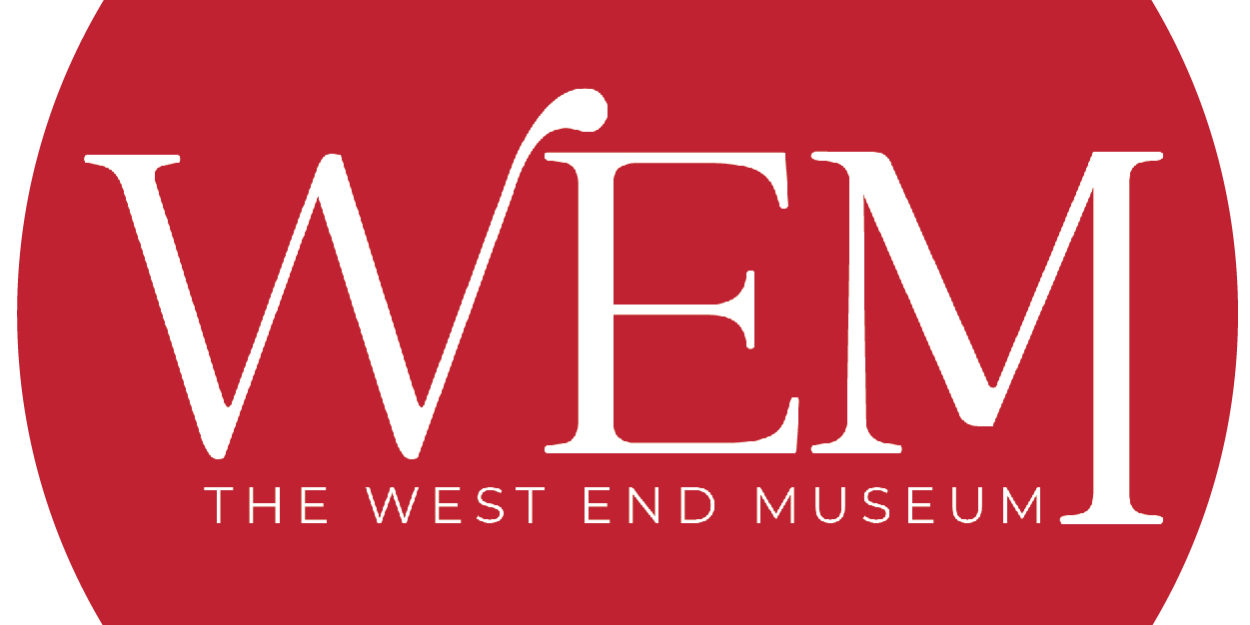Exciting Summer Programming at The WEM
This summer, The West End Museum is hitting the streets offering several exciting walking tours. First, Museum Dir. Sebastian Belfanti will lead Exploring the West End on Saturday, June 19, 11:00 a.m. The 90-minute tour will feature dozens of historic places and people dating from 1640-2000, and discuss this area affectionately called “the greatest neighborhood this side of heaven.”
The Exploring the West End tour leaves from The West End Museum and costs $5 for Museum members and $8 for the public. Register here.
Next, on Saturday, June 26, The West End Museum Board member and history buff Bill Kuttner will lead a tour along the old Middlesex Canal. The three-mile walk begins at The West End Museum at 9:00 a.m. and ends at Sullivan Square, where people can share a pint at the Tavern at the End of the World.
Authorized by Gov. John Hancock in 1793, the Middlesex Canal was the greatest public works project of its time, linking the Merrimack River in Lowell to Boston Harbor and transforming the economy of post-Revolutionary Massachusetts. Long before the railroads, the canal enabled efficient transport of raw materials for use by Boston’s growing population and manufactured goods for export to Europe. Even the granite used to build Massachusetts General Hospital and the grand mansions of Beacon Hill came down the canal.
The cost of the Canal tour is $6 for Museum members, $12 for the public. Register here.
In July, Belfanti will lead several after-work tours of the West End, ending with a stop in a local pub. The after-work tours are July 1 at 6:00 p.m., and July 9 and 14 at 5:30 p.m.
Inside The West End Museum, we’re updating our popular Last Tenement exhibit, which documents the history of the West End during the immigrant era from 1850-1958. The exhibit explores the neighborhood’s architecture, 19th-century blooming as a desirable residential area, and its evolution into a densely-populated urban district of working class immigrants and middle-class professionals from 20 different ethnic backgrounds. It will also look closely at the 1950s urban renewal project which demolished the neighborhood.


